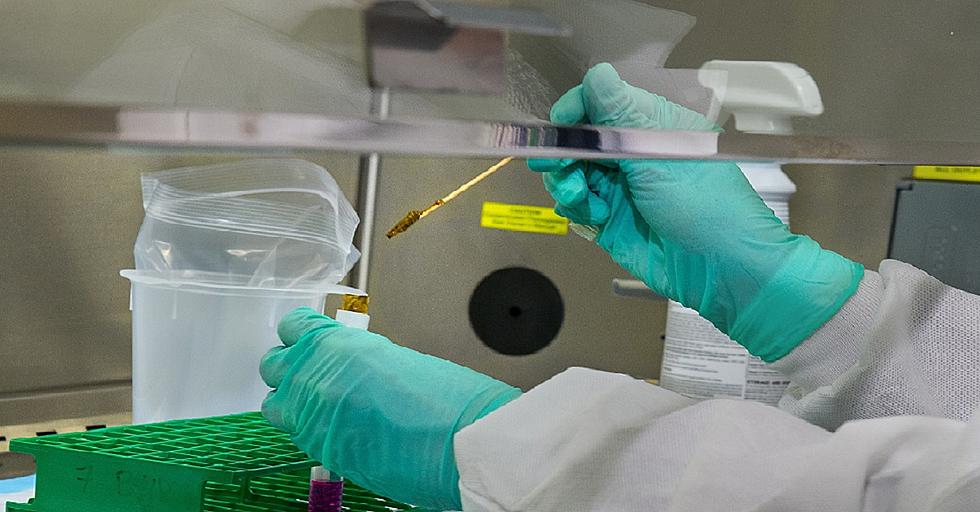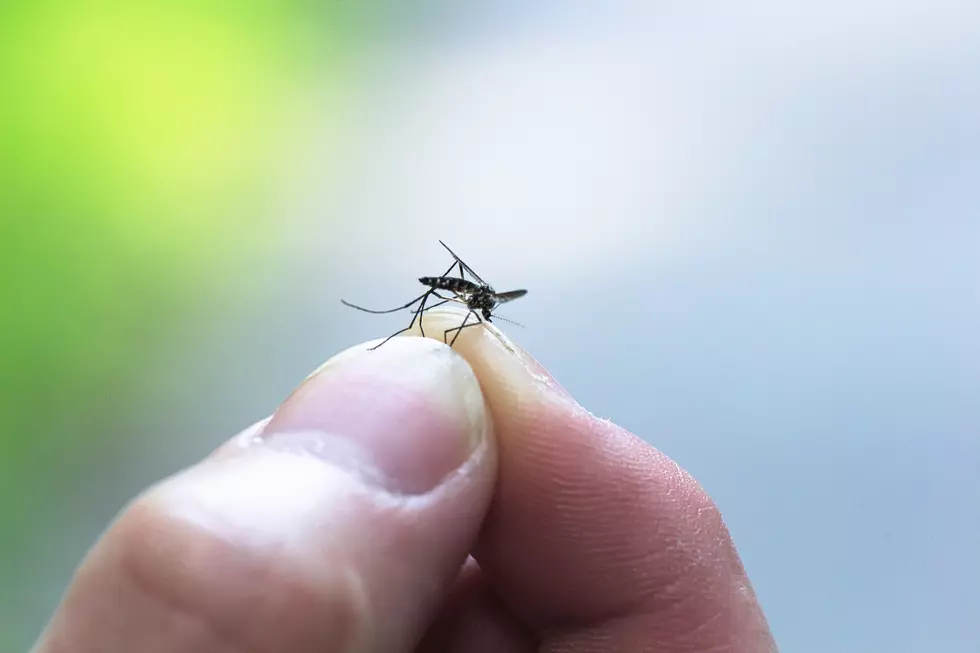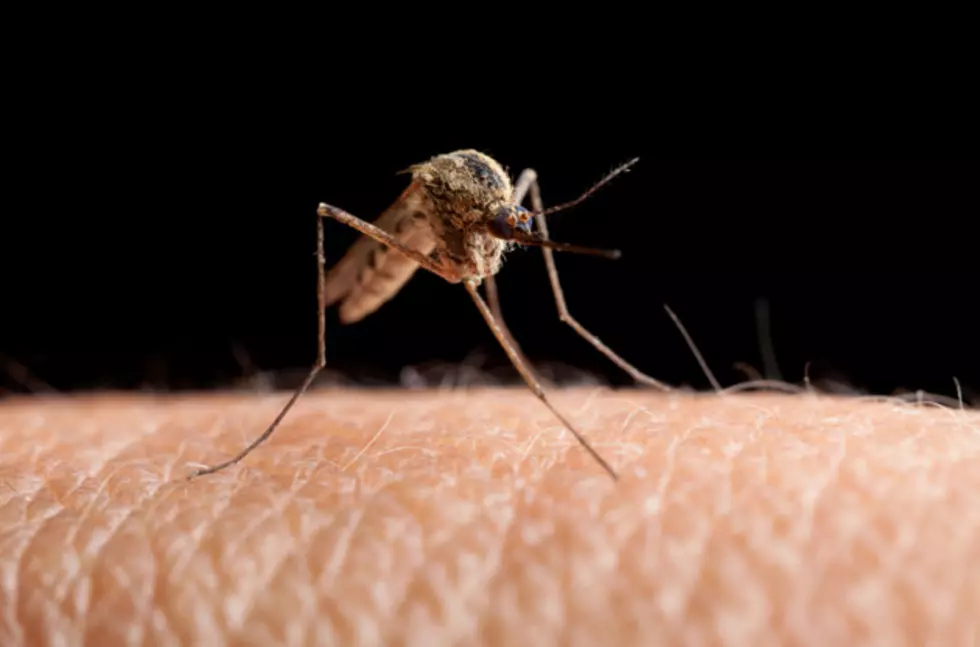
EEE: Michigan To Start Aerial Spraying In 14 Counties Sunday
As the number of cases of Eastern Equine Encephalitis continue to rise and the areas of suspected and confirmed cases continues to grow geographically, the Michigan Department of Health and Human Services and 12 local health departments have decided to conduct aerial spraying in high risk areas to combat further spread of the deadly virus.
Spraying is scheduled take place starting Sunday, Sept. 29 starting at 8 p.m. However, the ability to spray is weather dependent and the schedule may change. Residents are encouraged to visit Michigan.gov/EEE for up-to-date information.
Spraying will occur in the following 14 counties: Allegan, Barry, Berrien, Branch, Calhoun, Cass, Jackson, Kalamazoo, Kent, Lapeer, Montcalm, Newaygo, St. Joseph and Van Buren. Visit Michigan.gov/EEE for more detailed information.
Aerial spraying is conducted by low-flying aircraft, beginning in the early evening and continuing up until 4:30 a.m. the next morning, in areas of concern. Mosquito control professionals will apply approved pesticides as an ultra-low volume (ULV) spray. ULV sprayers dispense very fine aerosol droplets that stay suspended in the air and kill adult mosquitoes on contact. This is a tactic other states, including Massachusetts and Rhode Island, have recently employed to combat EEE.
“We are taking this step to help protect the health and safety of Michiganders in areas of the state that are being affected by this dangerous mosquito-borne disease. The continuing number of cases in both people and animals indicate an ongoing risk for EEE exposure. We continue to urge residents to protect themselves against mosquito bites until a hard frost.” - Dr. Joneigh Khaldun, MDHHS chief medical executive and chief deputy for health.
The pesticide being used is Merus 3.0 which is an organic pesticide containing 5 percent pyrethrin. Pyrethrins are chemicals found naturally in some chrysanthemum flowers. They are a mixture of six chemicals that are toxic to insects. Pyrethrins are commonly used to control mosquitoes, fleas, flies, moths, ants and many other pests. Pyrethrins have been registered for use in pesticides since the 1950s.
In general, health risks are not expected during or after spraying. No special precautions are recommended; however, residents and individuals who have known sensitivities to pyrethrins can reduce potential for exposure by staying indoors during spraying. Aerial spraying is not expected to have any impacts on surface water or drinking water.
Aerial spraying will be conducted in the nighttime hours as this is when mosquitos are more active. It is also when fish are less likely to be at the surface feeding and honeybees are most likely to be in their hives. However, owners should cover small ornamental fishponds during the night of spraying. While it is not necessary to bring animals indoors during spraying, concerned pet owners can bring animals inside during spraying.
Additional information about aerial spraying and other health-related information is available in a Frequently Asked Questions document at Michigan.gov/EEE.
The Michigan Department of Health and Human Services is now publishing a weekly update to keep state resident informed on the latest EEE news for our state. Click here to view the latest update
The Michigan Department of Health and Human Services has these tips to protect yourself and your family from mosquito bites that spread the virus:
- All it takes is one bite from an infected mosquito to get EEE
- Be aware of your risk: anyone can get sick (children 15 and younger
and people age 50+ are at highest risk) - Use mosquito repellent containing DEET while outdoors (except for infants under 2 months of age)
- Know that peak biting hours are from dusk to dawn
- Cover-up with long sleeves and pants
- Support community-based mosquito control programs
- Vaccinate horses against EEE and West Nile virus
More From WKFR









